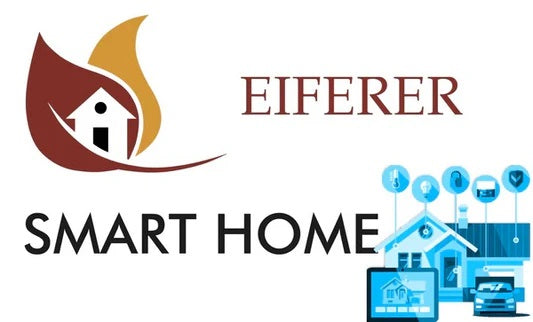Smart technology is being deployed in many areas of industry and commerce nowadays. In fact, it has become so ubiquitous that you will also find plenty of smart home devices these days too. A raft of networked devices can now perform a huge variety of tasks around the home.
Indeed, it is not just the things we so often think of as tech – computers, tablets and smartphones – that provide this level of functionality any more. In terms of domestic appliances, TVs, fridges, vacuum cleaners and even lighting can all now be considered part of the phenomenon of smart technology. How does deploying it in homes make for a more convenient lifestyle?
Home Automation
One of the great things about the current generation of smart technologies is that you can get them to do many of the things you need to be carried out for you automatically. For example, smart vacuum cleaners can find their way around your home’s floor to keep it in mint condition for you without you even having to be at home. This sort of automation uses artificial intelligence to ‘learn’ how to avoid obstacles it encounters but also when to carry out the chore so that you are not disturbed by it.
All sorts of home automation can happen nowadays. From something as simple as turning the lights on as you arrive home to powering up your central heating system for you at an appropriate point on your journey home, it is all possible. Of course, you can also have one automated system inform another with the right smart tech. For instance, you could set your desk fan to come on automatically when your air-conditioning system shuts itself off so the cool air it has generated continues to circulate.
The Internet of Things
If you want smart tech to work in the home, then smart light switches, monitors, sensors and data recorders all need to be able to communicate. There are various ways this can be done but Wi-Fi tends to be the most popular because it is so common in homes nowadays. Of course, this means that your smart home can operate entirely behind your firewall without the need to access the internet.
However, many smart tech devices will benefit from being able to do so. When TVs, fridges and so on communicate over the web, it is known as the internet of things. A TV might install a software update automatically in this way, for example, but you can do so much more besides. For instance, you could also connect your fridge to your online grocery account so it populates your next order for you based on what you have consumed.
Upgrading Existing Appliances
Some people understandably think that investing in smart appliances around the home will be costly. However, as smart tech continues to become more popular, its costs are beginning to tumble. Indeed, it is perfectly possible to upgrade a normal appliance by simply plugging it into a smart plug.
Want to control your bedside lamp with a virtual voice assistant? If so, you can by connecting it to a smart plug and ensuring both your assistant and the plug have access to your home’s network. You can then turn your light on and off with a straightforward voice command, crucially without the need to upgrade your current lamp. Of course, lighting controls are just one example – you can use this smart tech with any domestic appliance you care to, so the possibilities are virtually endless.

